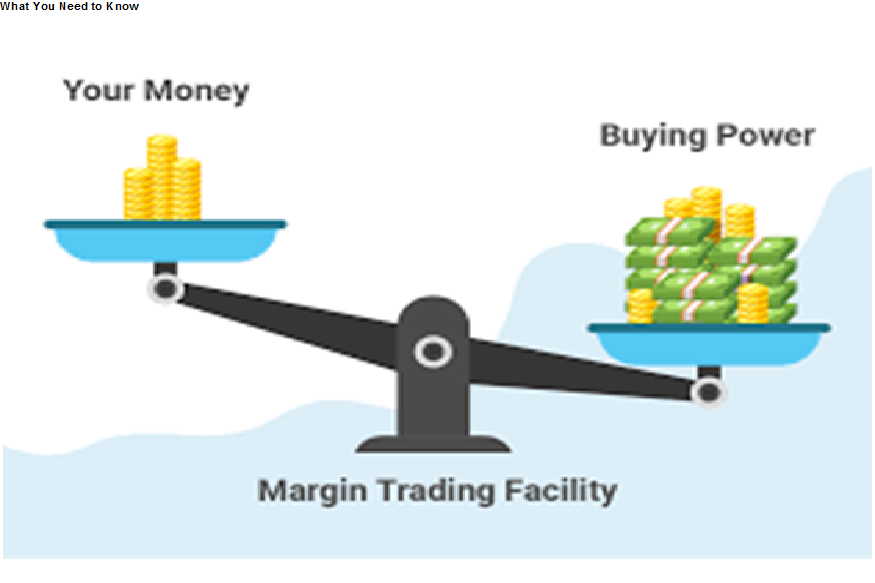The ICICI 3-in-1 account seamlessly integrates a savings account, trading account, and demat account, offering a hassle-free banking and investment experience. For new users, understanding how to maximize its benefits is crucial. Here are four essential tips to get started:
1. Understand the Account Structure
The ICICI 3 in 1 Account links your savings, trading, and demat accounts, enabling smooth fund transfers for stock market transactions without the need for manual payments. Familiarize yourself with each component’s role—savings for fund storage, trading for stock purchases/sales, and Demat for holding securities electronically. Understanding this integration will help you manage investments efficiently.
2. Utilize ICICI Direct’s Tools and Research
ICICI Direct offers a robust platform with comprehensive research reports, market analysis, and investment tools. New users should explore these resources to make informed decisions. Leverage features like stock screeners, technical charts, and expert recommendations to enhance your trading strategies. Additionally, consider using their learning modules to build financial literacy.
3. Activate Essential Services
Ensure that critical services such as net banking, mobile banking, and two-factor authentication (2FA) are activated. These features provide secure and convenient access to your account. Also, enables real-time alerts for transactions to stay updated and prevent unauthorized activities.
4. Monitor Charges and Maintain Minimum Balance
The ICICI 3-in-1 account may have associated charges, including brokerage fees, annual maintenance for the demat account, and minimum balance requirements. Regularly review the fee structure to avoid unnecessary costs. Opt for suitable brokerage plans based on your trading frequency to minimize expenses.
By following these tips, new ICICI 3-in-1 account users can streamline their banking and investment activities, ensuring a secure and efficient financial journey.
Margin Trading Facility: What You Need to Know

Margin Trading Facility (MTF) allows investors to buy more securities than they can afford using their available funds by borrowing from a broker. Essentially, it provides leverage, enabling traders to amplify their market exposure and potentially their returns. However, while margin trading offers opportunities for higher profits, it also comes with increased risks.
How Margin Trading Facility Works
In margin trading, an investor deposits a certain percentage of the trade value, known as the margin, while the broker finances the rest. For example, if a broker offers a 50% margin, you can buy shares worth $10,000 by investing just $5,000, with the broker funding the remaining $5,000. The borrowed amount incurs interest until it’s repaid, adding to the overall cost of the trade.
Benefits of Margin Trading Facility
- Increased Buying Power: MTF allows investors to purchase more securities than they could with their own capital alone.
- Opportunity for Higher Returns: Since you’re trading larger amounts, profitable trades can yield higher returns.
- Short-term Trading Advantage: It’s particularly beneficial for traders looking to capitalize on short-term market movements.
Risks Involved
- Amplified Losses: Just as gains can be magnified, losses can also be larger when trading on margin.
- Margin Calls: If the value of the securities falls below a certain level, the broker may issue a margin call, requiring the investor to add more funds or sell assets.
- Interest Costs: Borrowed funds come with interest, which can erode profits if not managed carefully.
Conclusion
Margin Trading Facility can be a powerful tool for investors seeking to enhance their market exposure and returns. However, due to its high-risk nature, it’s best suited for experienced traders who understand the risks and can manage potential losses effectively.






